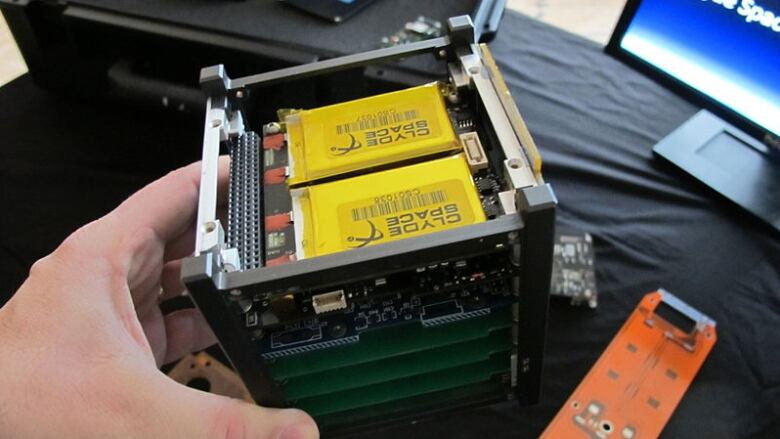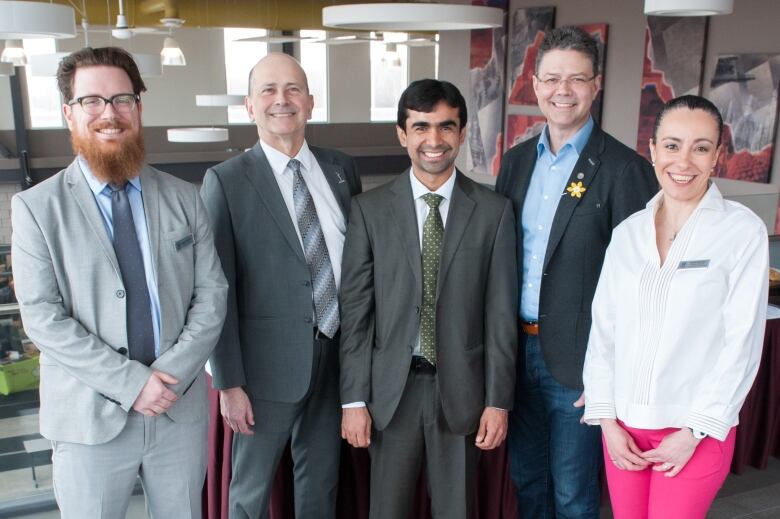UPEI to design, build toaster-sized space satellite
UPEI 1 of 15 schools chosen to build and operate its very own tiny satellite

Students at the University of Prince Edward Island will soon be taking part in an upcoming space mission.
UPEI was one of 15 post-secondary schools across Canada chosen to take part in the Canadian Space Agency's CubeSatproject.
Students from theseschools willdesign andbuildsatellites that will be deployed from the International Space Station between2020 and2021.
- Memorial University students to build space satellite
- Space agency chooses 'brilliant students' from U of Sask. to build, design satellite to launch in 2021
UPEI'ssatellite, called SpudNik-1, will be used for "precision agriculture"that willlookat the state of fields on P.E.I.,says NicholasKrouglicof, the associatedean of the School of Sustainable Design Engineering atUPEI.
"We're going for a fairly difficult application because ours is an imaging application we want to get images of the surface of the Earth with a suitably high resolution," he said.
We're going for a fairly difficult application because ours is an imaging application. NicholasKrouglicof
SpudNik-1will takephotos of fields across the province that will give data on such things as crop damage, disease and infestations, theeffectiveness of herbicides, irrigation plans and more.
Big dreams, small toaster
The biggest challenge facing students may not be the science behind it all, Krouglicofsaid, butstuffing a whole lot of high-tech equipment into a satellite the size of a small toaster.

"Our big challenge is we're trying to get two-metre resolution on the ground, that's going to pose a lot of challenges fitting that into a CubeSat," he said.
Power, communications, everything that's needed to make the satellite work "We have to squeeze all that into the small toaster," he said.
Graduate and undergraduate students from the physics department and school of engineeringwill take the reins on the project in the coming years, with different groups of students developing parts for the satellite each semester.












_(720p).jpg)


 OFFICIAL HD MUSIC VIDEO.jpg)
.jpg)



























































































